Must-Have Items on a Candida Diet Grocery List
This blog post will discuss all the essential items that should be on your candida diet grocery list
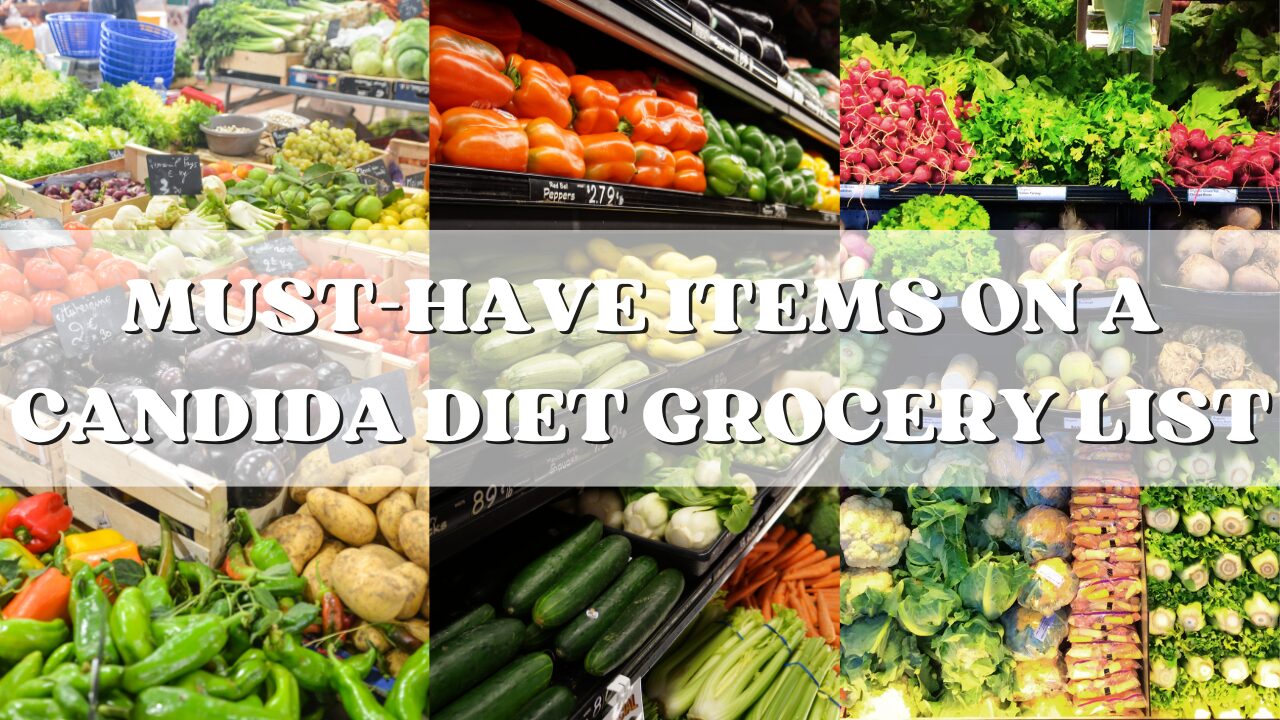
Understanding what to eat, what to shop for, and how to prepare your meals during a candida diet will increase your efforts to heal your body. When you arm yourself with a plan and create a routine from that plan, you can rely less on willpower and lean more into the process. If there’s one thing to take away from your healing journey it’s that it’s more about your consistency than how perfect you are.
If you’re following a Candida diet to reduce yeast overgrowth to promote your overall health, knowing what to include in your grocery list is crucial.
In this article, we’ll dive deep into the must-have items that should be on your candida diet grocery shopping list.
Table of Contents
Why It’s Important to Shop with a Candida Diet Grocery List
Shopping with a grocery list will help you stay accountable to your dietary regimen and lead to success with the candida cleanse. This grocery list is tailored to include foods low in sugar, yeast, and other ingredients that can encourage candida overgrowth.
By following a candida diet grocery list, you can ensure the following:
- It will help you stay organized and focused, ensuring that you don’t forget any essential items while avoiding unnecessary purchases
- It saves you time and money by preventing multiple trips to the store or buying items you don’t need
- You’re purchasing the right foods to support your body’s needs while avoiding items that may trigger symptoms or contribute to the growth of candida
A list helps you stay organized, save time, and make informed choices about what you eat during the candida diet.
Must-Have Items for Your Candida Diet Grocery List
Whenever I grocery shop I like to imagine I need to grab items from each of the following food groups below:
| Non-Starchy Vegetables | Healthy Fats | Lean Proteins | Low Sugar Fruits | Herbs/Spices | Probiotic Foods | Non-dairy | Whole Grains |
| Broccoli | Avocado | Chicken | Blueberries | Turmeric | Unsweetened yogurt | Nut milks (e.g., almond, brazil nut, cashew) | Quinoa |
| Cauliflower | Coconut | Turkey | Blackberries | Oregano | Coconut kefir | Coconut milk | Brown rice |
| Leafy greens | Coconut oil | Beef | Apples | Garlic | Sauerkraut | Steel-cut oats | |
| Zucchini | Olive Oil | Fish | Lemon/lime | Ginger | |||
| Green beans | Nuts/seeds | Strawberries | Cinnamon | ||||
| Bok Choy | Fennel |
Non-Starchy Vegetables
Fill your cart with various non-starchy vegetables such as leafy greens, broccoli, cauliflower, zucchini, and bell peppers. These vegetables are low in sugar and fiber, vitamins, and minerals, making them essential for a healthy Candida diet.
Healthy Fats
Incorporate healthy fats into your meals with avocados, coconut oil, olive oil, and nuts/seeds. These fats provide satiety, support brain health, and have anti-inflammatory properties, which are beneficial for those following a Candida diet.
Lean Proteins
Choose lean protein sources such as poultry, fish, and legumes. Protein is essential for muscle repair and growth and helps keep you feeling full and satisfied, reducing cravings for sugary foods.
Low-Sugar Fruits
Opt for low-sugar fruits like berries, green apples, and citrus fruits. These fruits provide essential nutrients and antioxidants without significantly impacting blood sugar levels, making them suitable for a Candida-friendly diet.
Herbs and Spices
Enhance the flavor of your meals with herbs and spices like garlic, ginger, turmeric, oregano, and cinnamon. These ingredients not only add taste but also offer various health benefits, including anti-inflammatory and antimicrobial properties.
Probiotic Foods
Include probiotic-rich foods such as yogurt (unsweetened), kefir or coconut kefir, and sauerkraut in your grocery list. Probiotics help maintain a healthy balance of gut bacteria, which is crucial for digestive health and immune function.
Non-Dairy Alternatives
If you’re avoiding dairy, look for non-dairy alternatives like almond milk, coconut milk, or brazil nut milk. These options provide essential nutrients without the lactose content, supporting a Candida diet.
Whole Grains and Pseudocereals
Choose gluten-free whole grains and pseudocereals like quinoa, brown rice, buckwheat, and amaranth. These grains are less likely to cause inflammation and can be part of a balanced Candida diet when consumed in moderation.
Creating Your Candida Diet Meal Plan
Now that you have your essential grocery list items, it’s time to create a Candida diet meal plan. Focus on incorporating these ingredients into balanced meals and snacks throughout the day. Here are some meal ideas to inspire you:
- Breakfast: Avocado and spinach omelet cooked in coconut oil with a side of mixed berries.
- Snack: Coconut yogurt (unsweetened) with a handful of pumpkin seeds and 1/4 c of berries.
- Lunch: Grilled chicken salad with mixed greens, cucumber, black olives, and olive oil dressing.
- Snack: Celery sticks with almond butter.
- Dinner: Baked salmon with quinoa and steamed broccoli, seasoned with garlic and lemon.
- Dessert: Chia seed pudding made with coconut milk and topped with sliced strawberries.
Remember to listen to your body and make adjustments as needed based on your individual preferences and dietary requirements.
Conclusion
- A well-planned Candida diet grocery list is essential for success on your Candida diet journey.
- Including nutrient-dense foods, prioritizing gut health, and reducing or avoiding foods that can fuel yeast overgrowth, you can support your overall well-being.
More helpful blog posts:
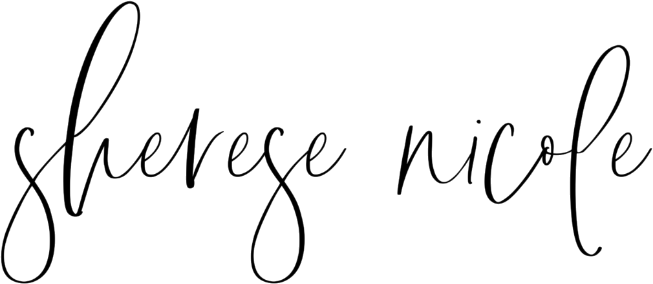
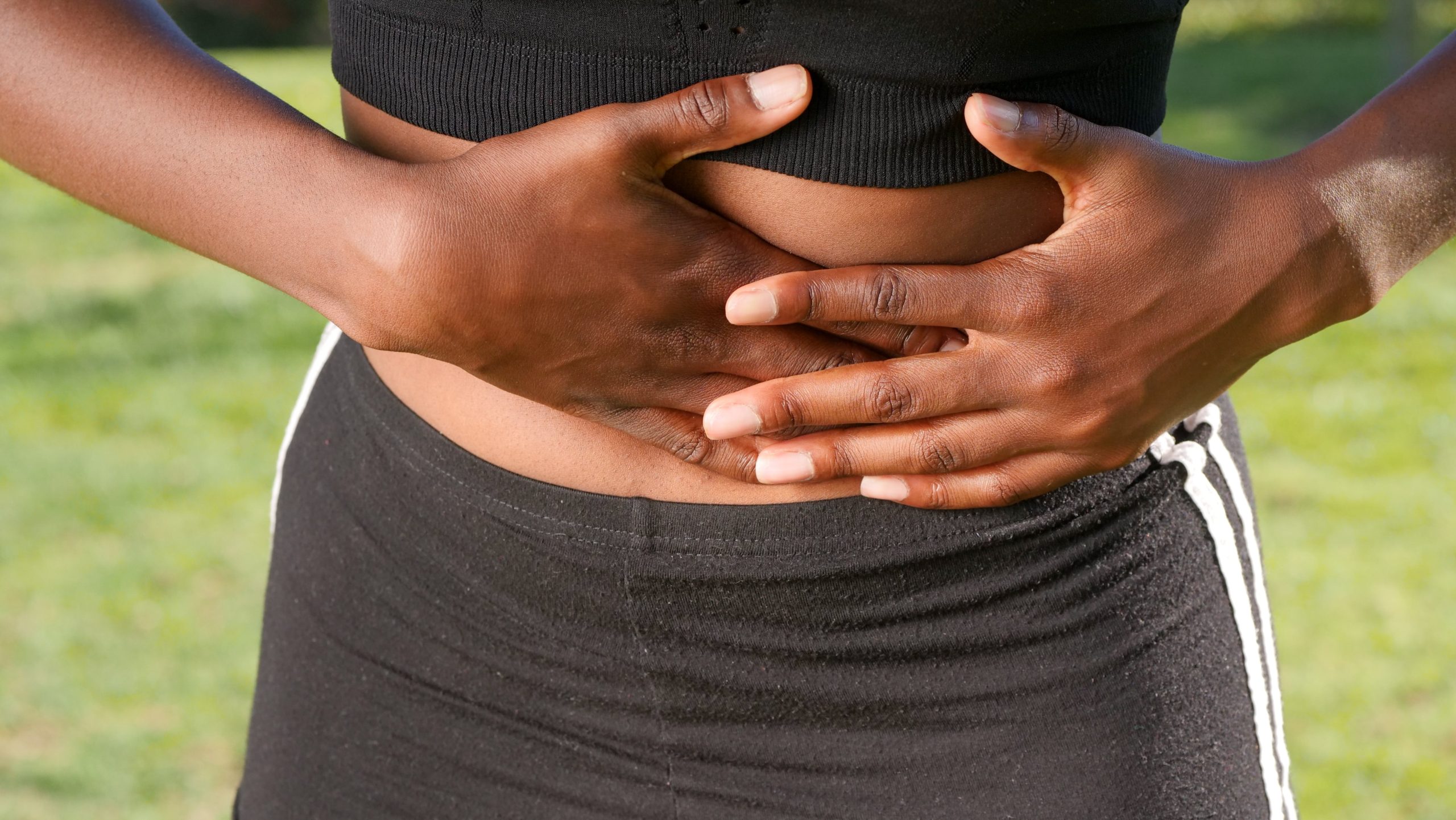
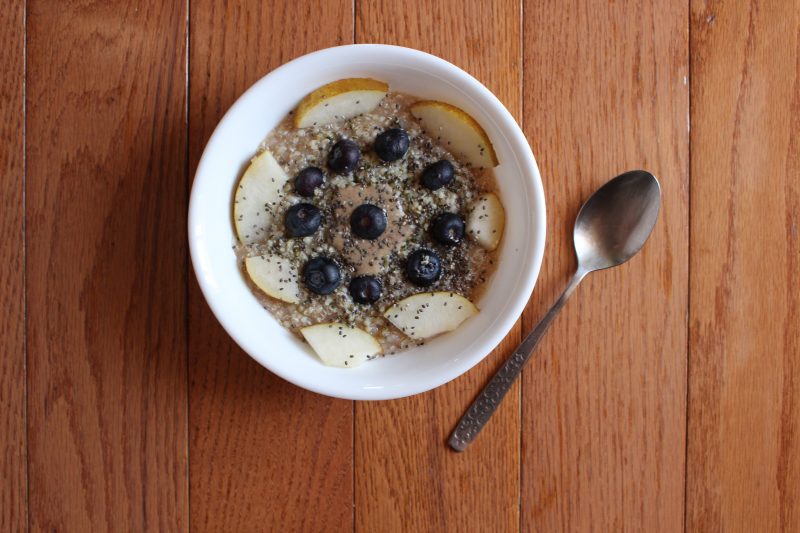
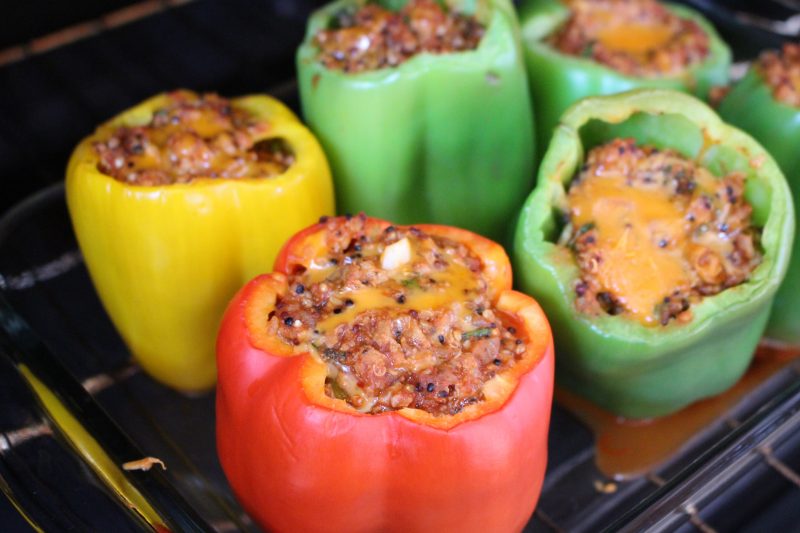
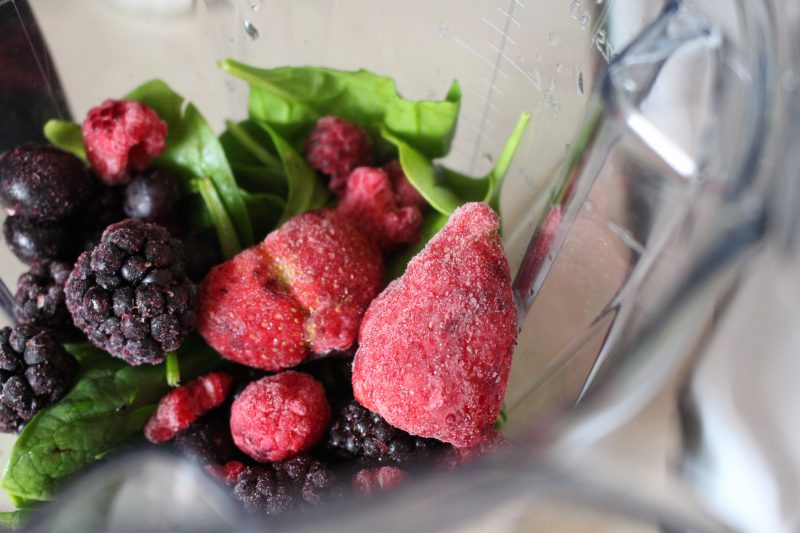
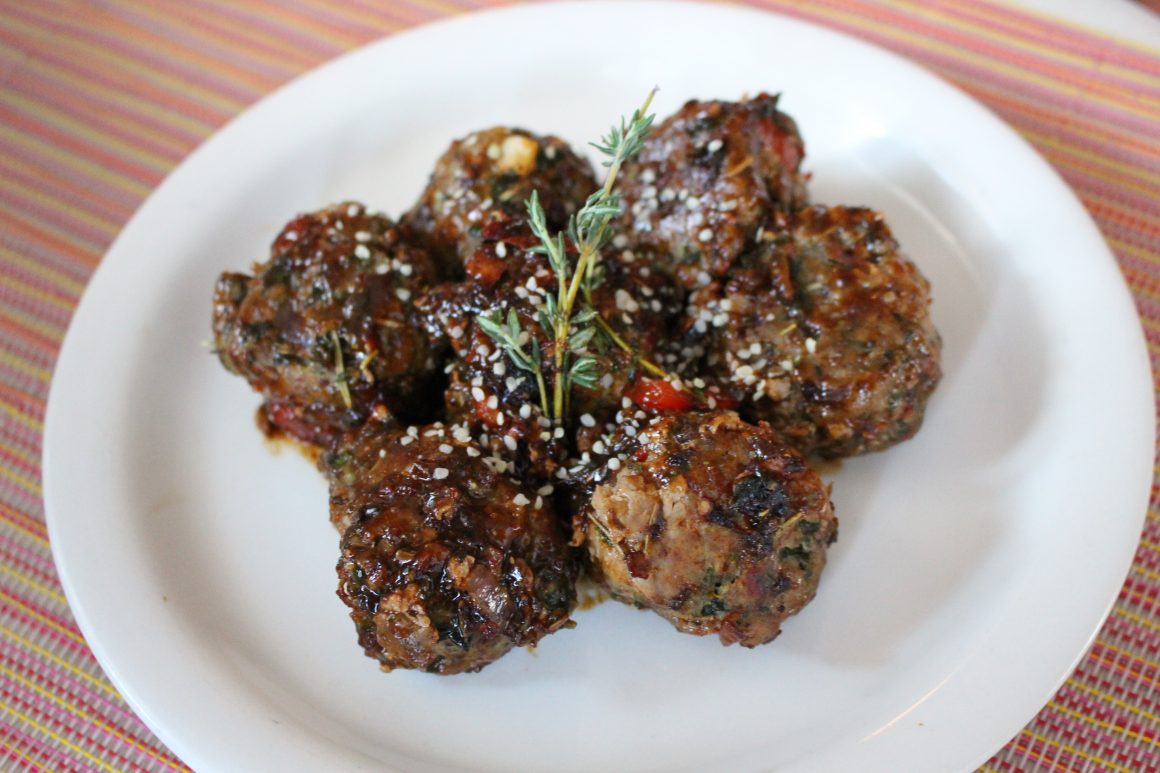
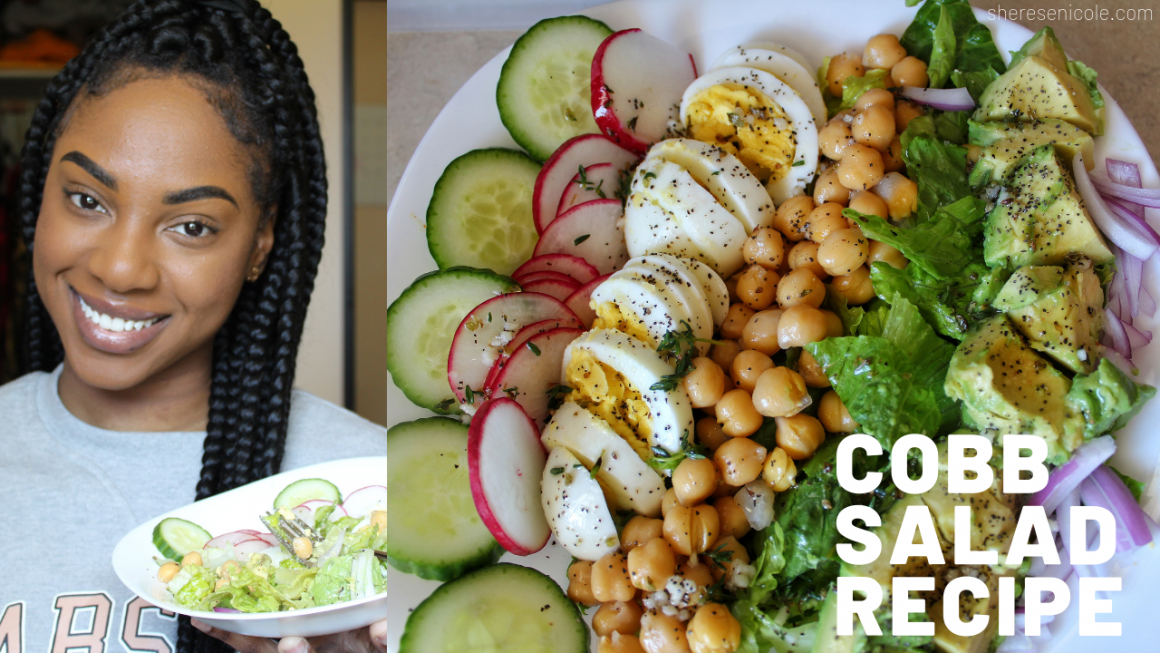
Join the List
Stay up to date & receive the latest posts in your inbox.